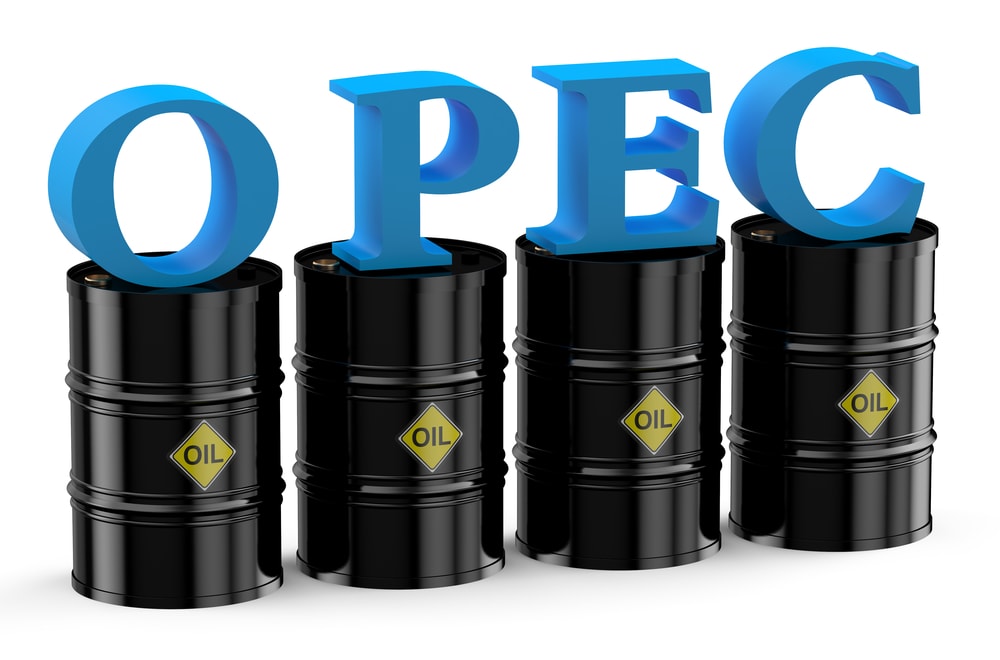The Organization of Petroleum Exporting Countries and Allies (OPEC+) is now producing 3.58 million barrels per day less than its targets, or about 3.5% of global demand, highlighting the oil market’s underlying tight supply.
According to data, the shortfall in August was greater than OPEC’s third-largest producer, the United Arab Emirates (UAE), whose output was a record and 24% higher than July’s 2.89 million barrels per day.
The pact’s ten OPEC members saw their collective crude oil production fall short of the quota by 1.399 million barrels per day, while non-OPEC producers fell short by more than 2 million barrels per day, at 2.185 million barrels per day. OPEC+ was already 2.9 million barrels per day short of its target in July.
The ability of OPEC+ to meet its production targets has been hampered by two major factors: a chronic problem with underinvestment among some members, such as Nigeria and Angola, and, more recently, the impact of Western sanctions on Russian output.
In recent years, underinvestment and the perennial problem of oil theft from pipelines have plagued Nigeria’s oil industry. Oil majors are not investing in Nigerian supply, and many foreign firms have either sold assets or announced plans to exit the Nigerian oil industry.
Things got worse when output fell to 972,000 barrels per day in August 2022, the lowest level in 32 years.
This is because Angola and Libya produced more crude oil than Nigeria during the review month.
After deciding to accelerate the rollback of the cuts and have them completely unwound by the end of August, OPEC+ was widely expected to continue to underperform its production targets for July and August.
The underperformance in September will be even worse because the group increased its target for September by 100,000 barrels per day. OPEC+ decided earlier this month that this increase would be reversed in October.


